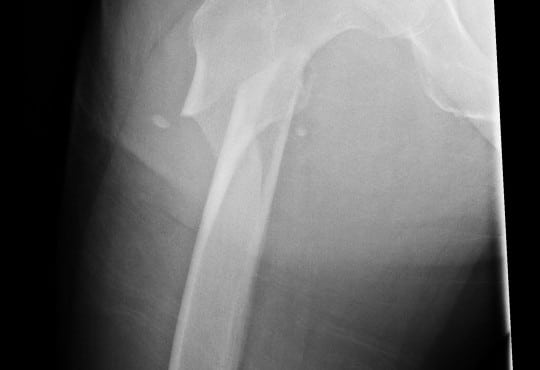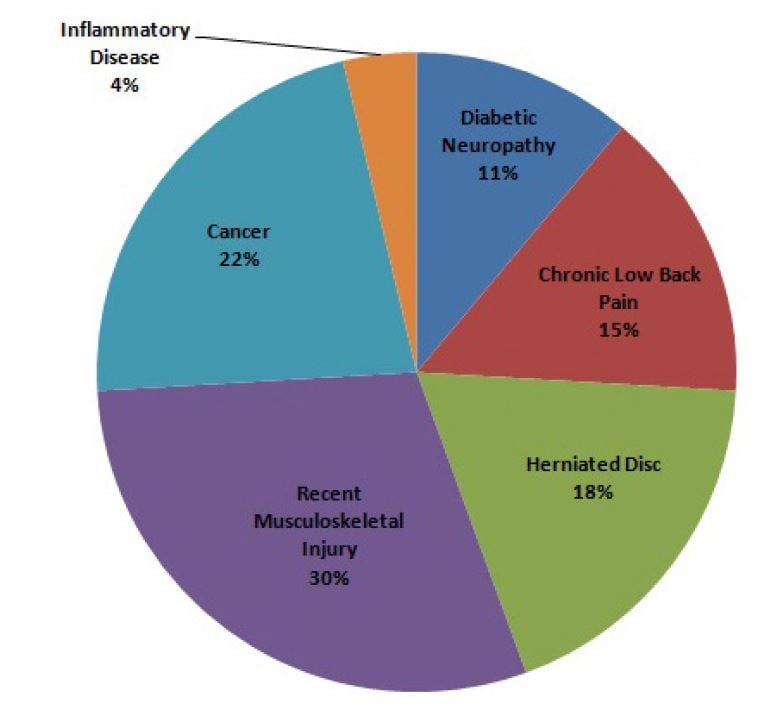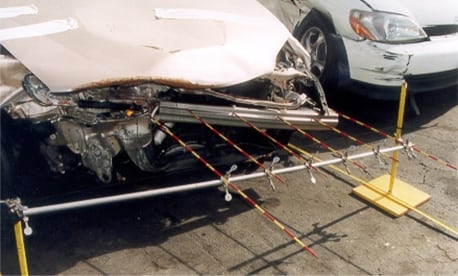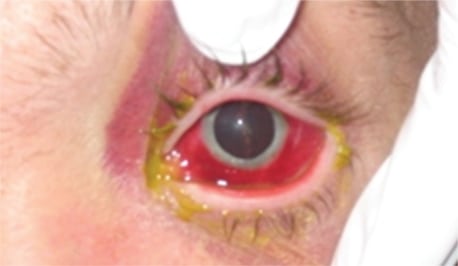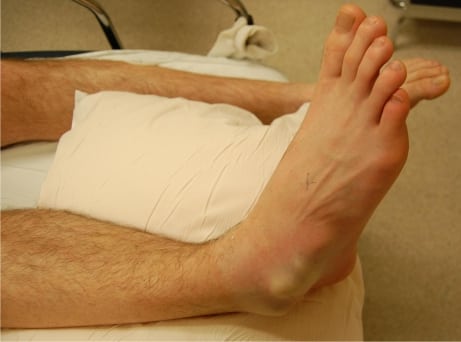Author Affiliation Omar K Danner, MD Department of Surgery, Morehouse School of Medicine, Atlanta, Georgia L Ray Matthews, MD Department of Surgery, Morehouse School of Medicine, Atlanta, Georgia Kenneth L Wilson, MD Department of Surgery, Morehouse School of Medicine, Atlanta, Georgia Sheryl L Heron, MD, MPH Department of Emergency Medicine, Emory University School of Medicine, […]



